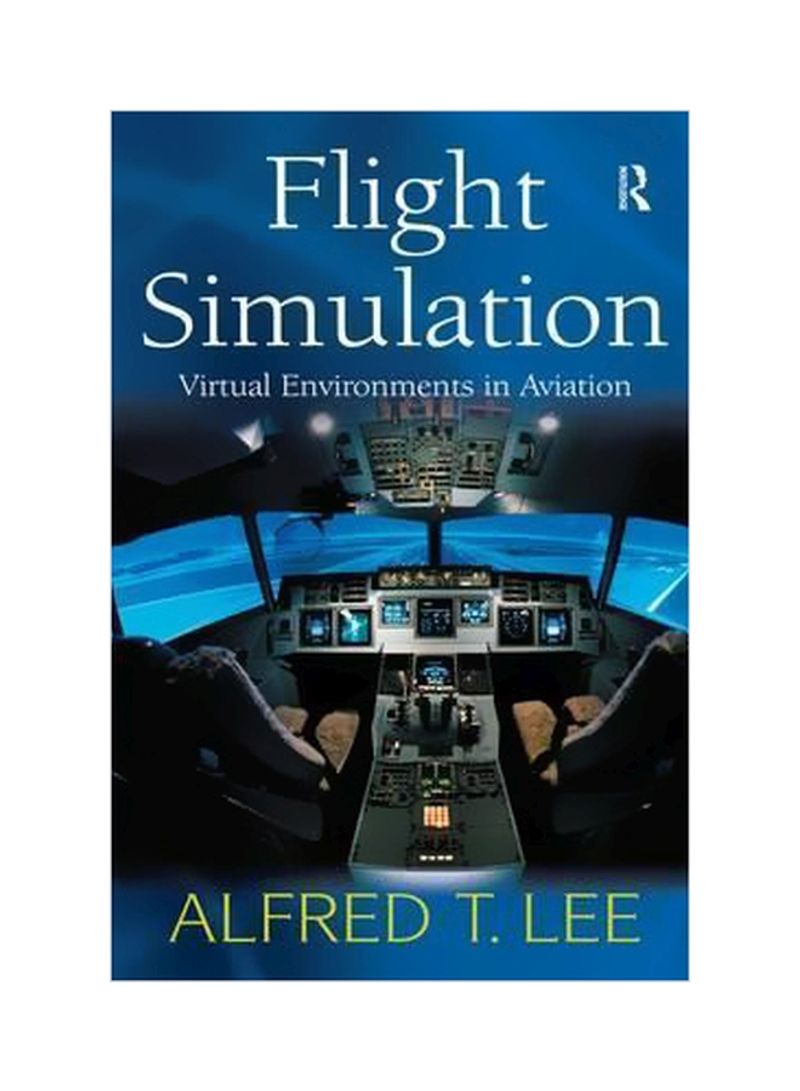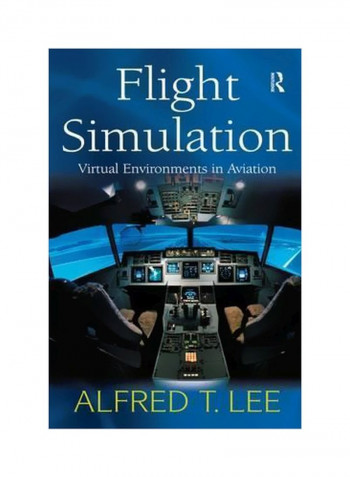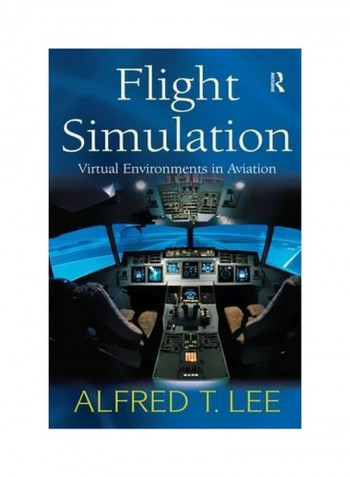Flight Simulation: Virtual Environments In Aviation Hardcover
Recommend
Sort by
Rating
Date
Specifications
Author 1
Alfred T. Lee
Book Description
Advances in computer, visual display, motion and force cueing and other technologies in the past two decades have had a dramatic effect on the design and use of simulation technology in aviation and other fields. The effective use of technology in training, safety investigation, engineering and scientific research requires an understanding of its capabilities and limitations. As the technology has as its primary goal the creation of virtual environments for human users, knowledge of human sensory, perceptual, and cognitive functioning is also needed. This book provides a review and analysis of the relevant engineering and science supporting the design and use of advanced flight simulation technologies. It includes chapters reviewing key simulation areas such as visual scene, motion, and sound simulation and a chapter analyzing the role of recreating the pilot's task environment in the overall effectiveness of simulators. The design and use of flight simulation are addressed in chapters on the effectiveness of flight simulators in training and on the role of physical and psychological fidelity in simulator design. The problems inherent in the ground-based simulation of flight are also reviewed as are promising developments in flight simulation technology and the important role flight simulators play in advanced aviation research. The readership includes: flight simulation engineers and designers, human factors researchers and practitioners, aviation safety investigators, flight training management and instructors, training and instructional technologists, virtual environment design community, and regulatory authorities.
Language
English
Publisher
Taylor & Francis Ltd
Publication Date
31 May 2005
Number of Pages
150
About the Author
Alfred T. Lee is President and Principal Scientist with Beta Research, Inc., responsible for initiating, planning and conducting human factors research projects supporting the design and evaluation of aerospace, medical and computer technologies for corporate and government organizations. Formerly he was senior research psychologist at NASA-Ames Research Center, responsible for initiating, planning and conducting human factors research programs in aviation and aerospace. Dr Lee has conducted research in flight simulator design for more than 25 years and is a licensed pilot.
Editorial Review
I enjoyed reading Dr Lee's concise and clearly written book on flight simulation. The book ranges from traditional concerns such as visual flight scene simulation and the use of motion platforms to less familiar topics such as cognitive fidelity and the use of flight simulation in research. The most refreshing aspect of the book is the focus on the role and requirements of the pilot rather than on the technical aspects of the hardware and software. By taking the pilot as his focus Dr Lee is able to debunk some of the myths of flight simulation that continue to govern the design and operation of flight simulators. This is an excellent review of the state of flight simulation and could be enjoyed by a wide audience from the general reader to the flight simulation engineer.' David O'Hare, Associate Professor, University of Otago, Dunedin, New Zealand 'Books on Flight Simulation appear very infrequently. I would recommend this one for its fresh approach to the subject and its equal attention to don'ts as well as do's!.' The Aerospace Professional, September 2005 'Overall, the book Flight Simulation is an easy-to-read book for anyone who is interested in flight simulators from a technology point of view, to the human-factor perspective. The author opened the gate to the wonderful world of flight simulators.' Aerlines Magazine, Issue 31 '...a valuable reference for researchers who use simulators in their laboratories and research programs.' Ergonomics in Design, Spring 2007



